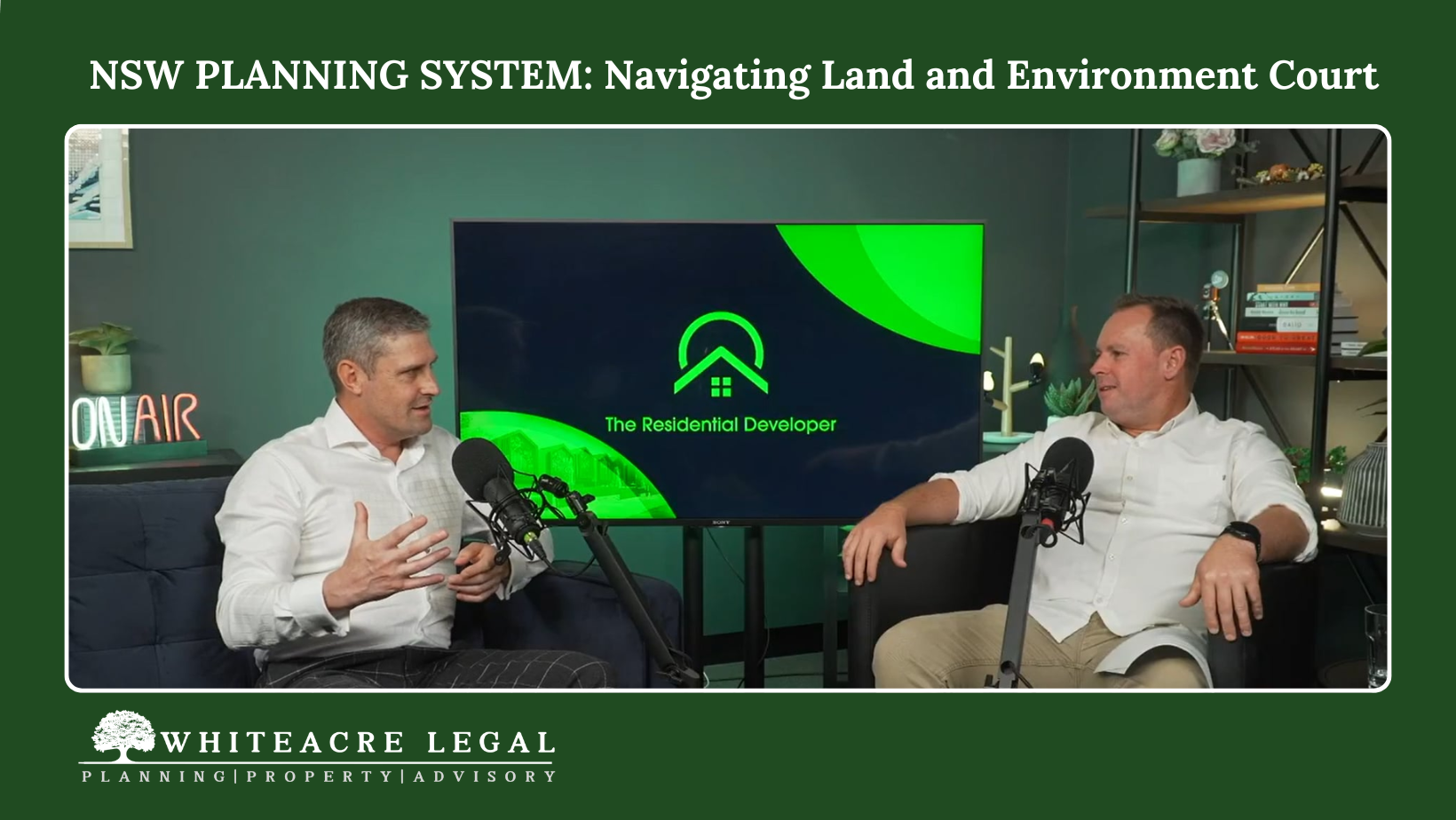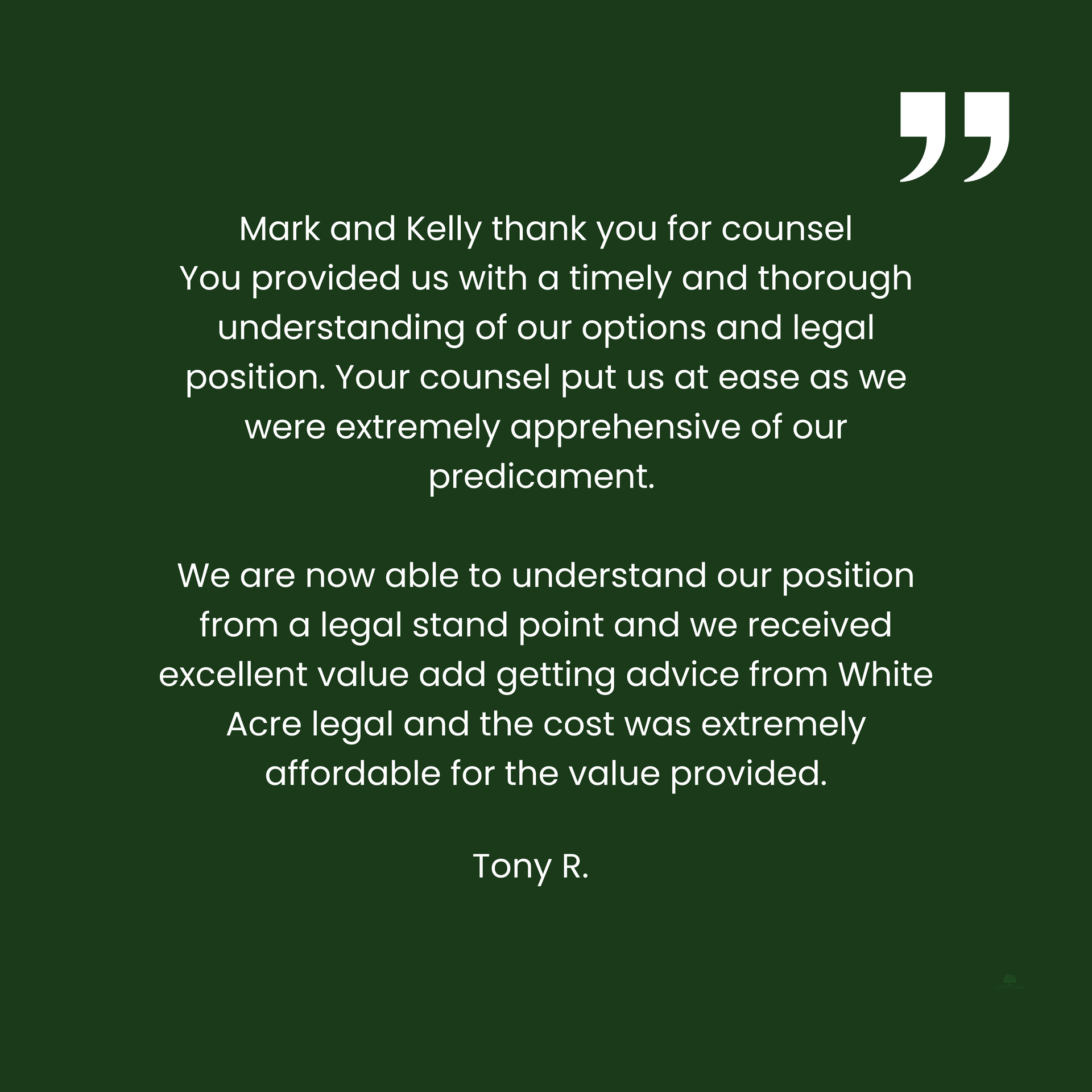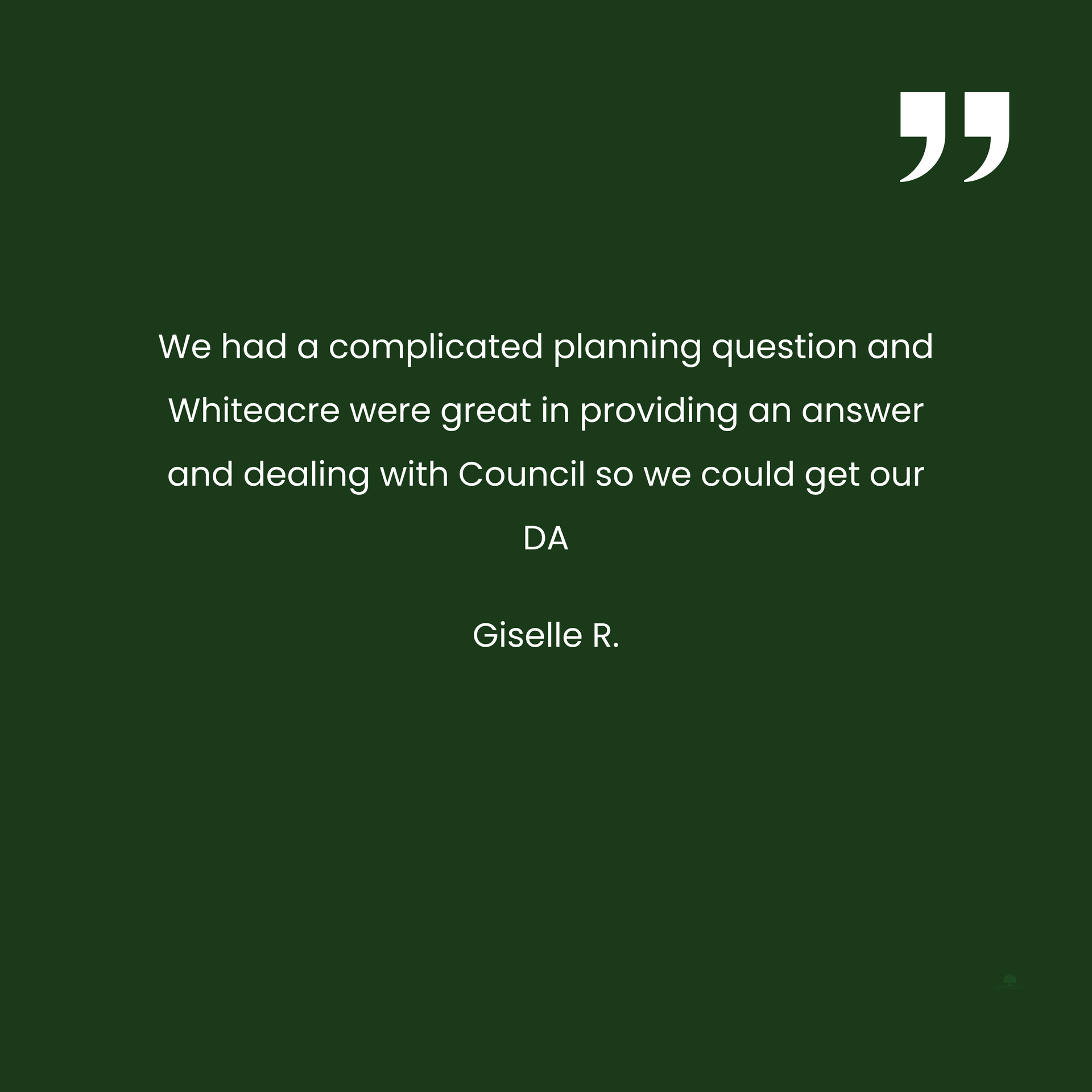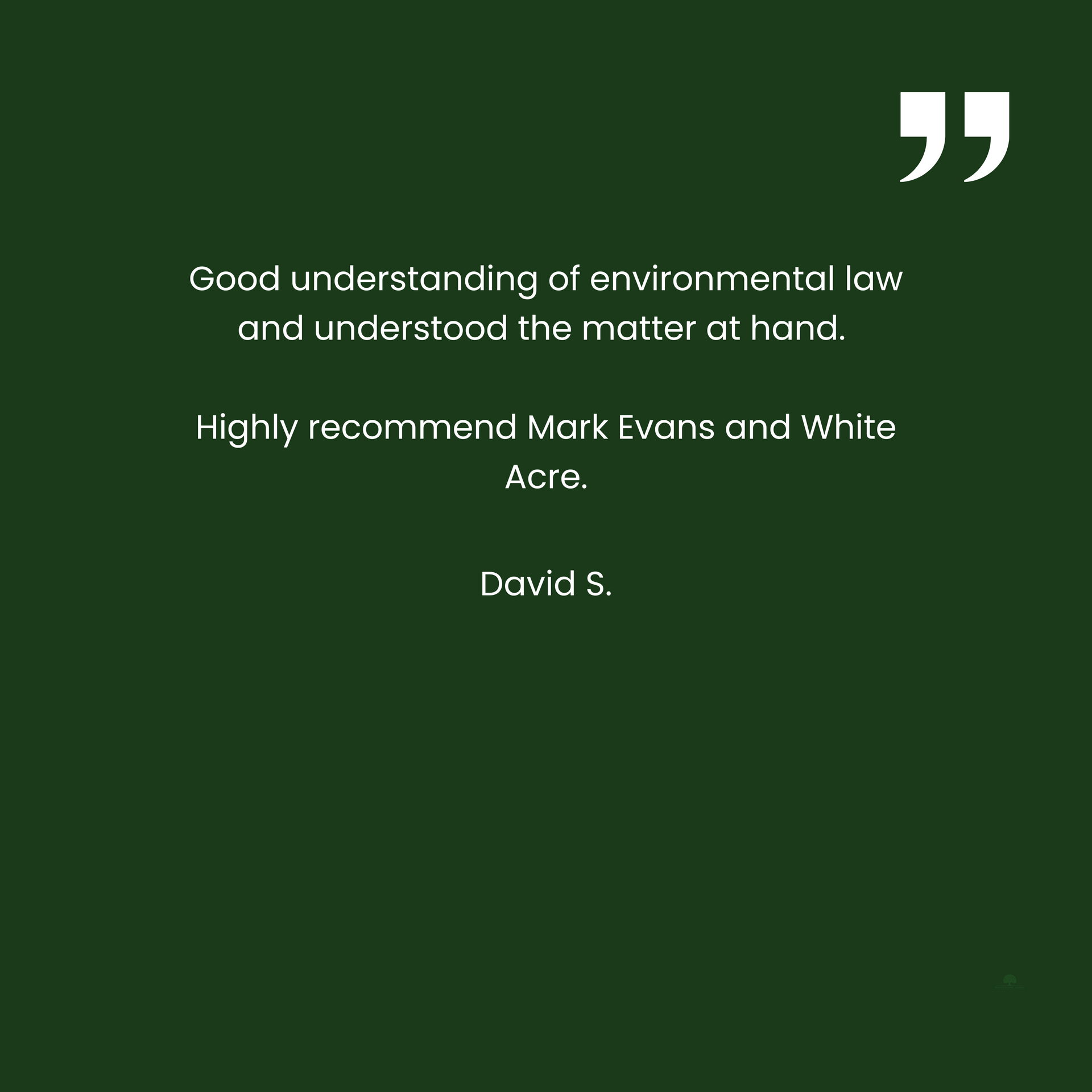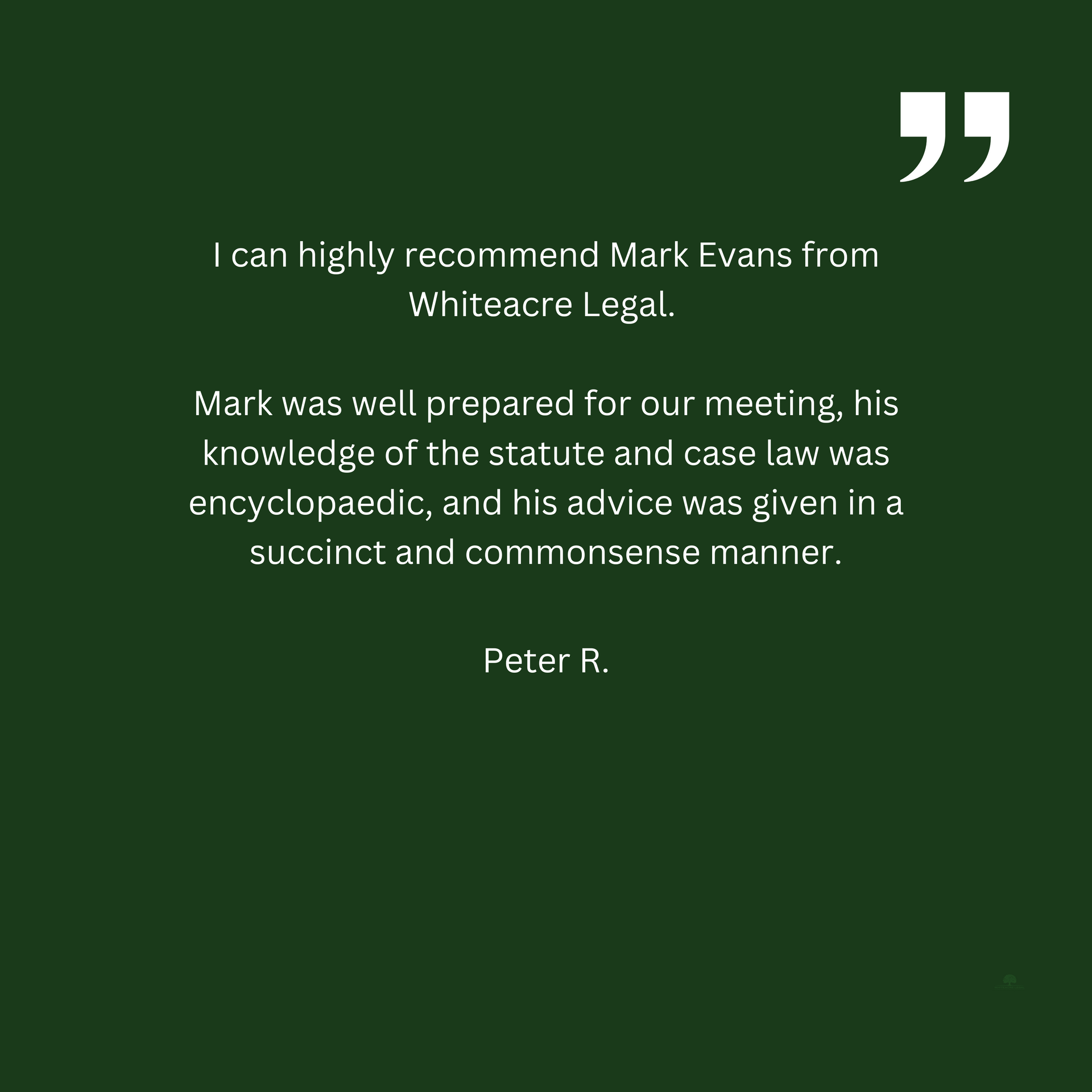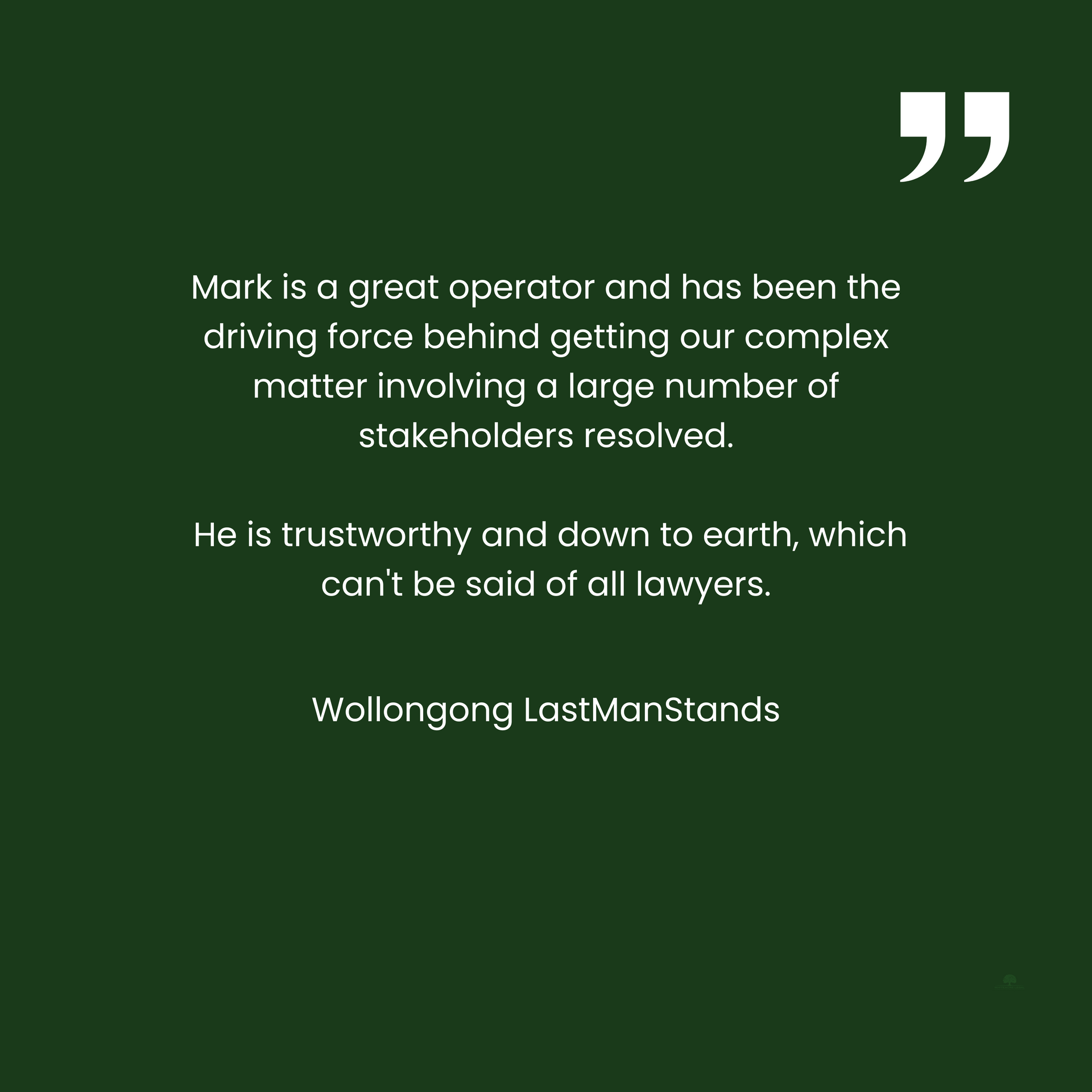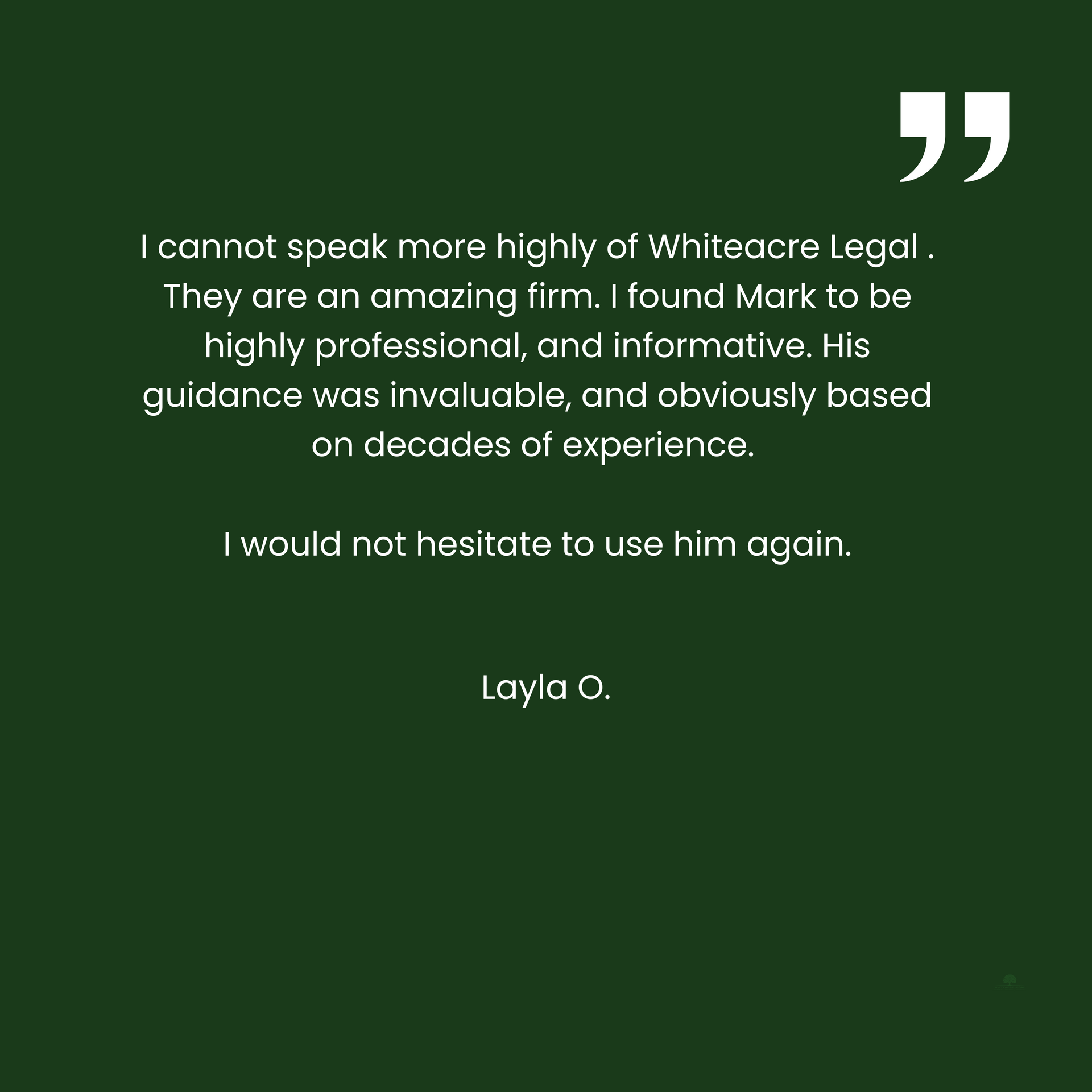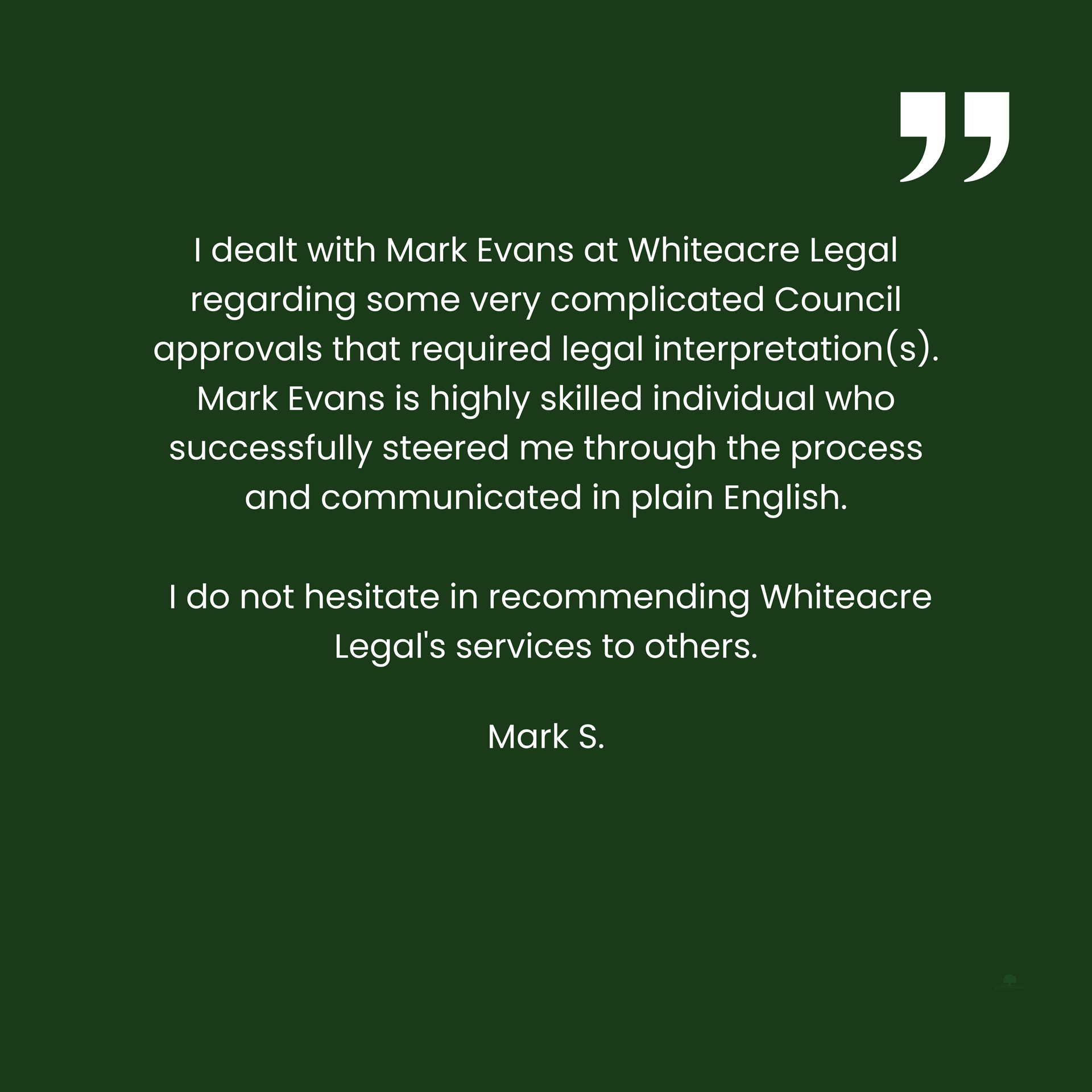Setting aside covenants to allow development to proceed
Restrictive covenants can be set aside to allow development to proceed. This power is found in cl 1.9A of most LEPs and in clause 1.20 of the Codes SEPP. The NSW Land and Environment Court has similar powers under the NSW Land and Environment Court Act 1979. This article considers when private covenants may be set aside to permit development to proceed and provides examples of cases in which this power has been exercised.
Section 3.16 of the EPA Act
Local Environmental Plans (LEPs) and State Environmental Planning Policies (SEPPs) are species of delegated legislation.
Accordingly, then must be an empowering provision in legislation somewhere.
That provision, granting authority to create provisions which suspend the operation of covenants, is contained within s 3.16 of the Environmental Planning and Assessment Act 1979 (EPA Act). Its effect is now well understood.
As Talbot J said in Challister Ltd v Blacktown City Council (1992) 76 LGRA 10 at 124:
“The opportunity to make such a provision in an environmental planning instrument is intended to achieve a result whereby development which satisfies the criteria laid down by the planning legislation may proceed notwithstanding any constraint imposed by other regulatory instruments. The Parliament recognised the significance of the extent of this power by subjecting its exercise to the approval of the Governor and in some cases to the concurrences of the relevant Minister.”
This understanding of what is now s 3.16 of the EPA Act was endorsed by the Court of Appeal in Coshott v Ludwig (1997) 8 BPR 15,519; (1997) NSW ConvR 55-810 and has been followed in Cumerlong Holdings Pty Ltd v Dalcross Properties Pty Ltd [2010] NSWCA 214; (2010) 175 LGERA 433 (overturned on a different basis in Cumerlong Holdings Pty Ltd v Dalcross Properties Pty Ltd (2011) 243 CLR 492; [2011] HCA 27) and Harrington v Greenwood Grove Estate Pty Ltd [2011] NSWSC 833; (2011) 184 LGERA 248.
Provisions in LEPs
So s 3.16 of the EPA Act (the empowering legislation) allows for the insertion of such a provision in LEPs for example, provided those clauses have the consent of the Governor. Today, these provisions most commonly appear in clause 1.9A of LEP’s. For example cl 1.9A of the Wollongong Local Environmental Plan 2009 provides:
1.9A Suspension of covenants, agreements and instruments
(1) For the purpose of enabling development on land in any zone to be carried out in accordance with this Plan or with a consent granted under the Act, any agreement, covenant or other similar instrument that restricts the carrying out of that development does not apply to the extent necessary to serve that purpose.
Generally, this means that the existence of a provision within an agreement or instrument (s88B Instrument) that restricts the carrying out of development that is otherwise permissible (with consent) does not present a jurisdictional bar to the approval of that development. However, the restrictive covenant would be a matter which the consent authority may take into account in assessing a development application: Wenli Wang v North Sydney Council [2018] NSWLEC 122 at [32].
Be aware though, there are considerable circumstances in which cl 1.9A does not apply for example:
(2) This clause does not apply—
(a) to a covenant imposed by the Council or that the Council requires to be imposed, or
(b) to any relevant instrument within the meaning of section 13.4 of the Crown Land Management Act 2016, or
(c) to any conservation agreement within the meaning of the National Parks and Wildlife Act 1974, or
(d) to any Trust agreement within the meaning of the Nature Conservation Trust Act 2001, or
(e) to any property vegetation plan within the meaning of the Native Vegetation Act 2003, or
(f) to any biobanking agreement within the meaning of Part 7A of the Threatened Species Conservation Act 1995, or
(g) to any planning agreement within the meaning of Subdivision 2 of Division 7.1 of the Act, or
(h) to any land vested in the Lake Illawarra Authority under the Lake Illawarra Authority Act 1987.
(3) This clause does not affect the rights or interests of any public authority under any registered instrument.
Whether clause 1.9A applies in your particular situation can sometimes be difficult to determine. You should always consult a competent and experienced planning lawyer who is familiar with the unique circumstances of your case.
Provisions in the Codes SEPP
The State Environmental Planning Policy (Exempt and Complying Development Codes) 2008 (Codes SEPP) contains an almost identical provision which applies to complying development.
Clause 1.20 of the Codes SEPP provides that in some circumstances, a restrictive covenant may be set aside to the extent necessary to allow a complying development certificate (CDC) to be issued:
1.20 Suspension of covenants, agreements and instruments
(1) For the purpose of enabling development on land in any zone to be carried out in accordance with this Policy, or with a consent granted under the Act, any agreement, covenant or other similar instrument that restricts the carrying out of that development does not apply to the extent necessary to serve that purpose.
Again, there are considerable circumstances in which clause 1.20 does not apply, for example:
(2) This clause does not apply—
(a) to a covenant imposed by a council, or that a council requires to be imposed, requiring compliance with a development standard that is—
(i) consistent with the development standards specified for the development concerned under this Policy, or
(ii) not dealt with by the development standards specified for the development concerned under this Policy, or
(b) to a covenant that is specifically required by another environmental planning instrument, or
(c) to a covenant imposed by an owner or former owner of the land concerned, other than a covenant that has been required by a council to be imposed, or
(d) to any relevant instrument within the meaning of section 13.4 of the Crown Land Management Act 2016, or
(e) to any conservation agreement within the meaning of the National Parks and Wildlife Act 1974, or
(f) to any Trust agreement within the meaning of the Nature Conservation Trust Act 2001, or
(g) to any property vegetation plan approved under the Native Vegetation Act 2003, or
(h) to any biobanking agreement within the meaning of Part 7A of the Threatened Species Conservation Act 1995, or
(i) to any planning agreement within the meaning of Division 7.1 of the Act.
Determining whether clause 1.20 applies to your particular circumstances is sometimes difficult and you should always consult a competent and experienced planning lawyer who is familiar with the unique circumstances of your case.
Case Law
Lennard v Jessica Estates Pty Limited [2008] NSWCA 121
Lennard v Jessica Estates provides a good example of circumstances in which a restrictive covenant may be set aside to permit development to proceed.
In this case the developer of a residential subdivision (Jessica Estates) imposed a number of restrictions on parcels of land through registration of a s88B Instrument.
The s88B Instrument prohibited the construction of duplexes on, and subdivision of, the parcel of land purchased by the Lennards.
Semi-detached duplexes were permissible with consent on the land under the Singleton Local Environmental Plan (LEP).
Singleton Council granted consent to construction of a semi-detached duplex and two-lot strata subdivision on the land and the Lennards constructed a duplex on the site (without the consent of Jessica Estates).
Jessica Estates claimed that the Lennards were in breach of the s88B Instrument by building the duplex without first obtaining its written consent. It also sought orders that the Lennards be restrained from carrying out any further construction work and that they demolish the duplex.
The Lennards maintained that the restrictions in the s88B Instrument did not apply because of the operation of cl 6(1) of the LEP. That provision read:
“(1) If any agreement, covenant or similar instrument prohibits a land use allowed by this plan, then it shall not apply to that land use (to the extent necessary to allow that land use).”
Clause 6 was inserted into the LEP pursuant to s 28 (now s3.16) of the EPA Act (see above).
So, which prevailed, the s88B Instrument or the Singleton LEP?
Ultimately, the Court of Appeal held that the Singleton LEP prevailed.
The Court of Appeal held that the clear intent of cl 6(1) of the Singleton LEP was to permit a land use allowed by the Singleton LEP that was otherwise prohibited under a s88B Instrument (subject to obtaining the Council’s consent): Tobias JA at [27]. (McColl JA and Bell JA agreeing).
Clause 6(1) of the Singleton LEP adopted different language to that commonly found in clause 1.9A of most LEP’s today and referred to a “land use” rather than the “carrying out of development”. This distinction took up a lot of the argument in Lennard v Jessica Estates (as to whether subdivision constitutes a land use) but of relevance to this article, the Court held that if a particular development is permissible with consent under an LEP, then to the extent to which that land use or development is prevented by a s88B Instrument, that s88B Instrument is to have no application to the extent necessary to allow that land use or development to occur: Tobias JA at [27], (McColl JA and Bell JA agreeing).
What about covenants in favour of Council?
Covenants in favour of Council can be set aside, either by Council or by the Court.
Challister Limited v Blacktown City Council (1992) 76 LGRA 10 (Challister)
In Challister the NSW Land and Environment Court considered clause 26(1) of the Blacktown Local Environmental Plan 1988 (Blacktown LEP).
That clause provided that “…. the operation of any covenant, agreement or instrument imposing restrictions on development” did not apply to the carrying out of development in accordance with a development consent. The clause then contained the following subclauses:
(a) subclause (2), which provided that “nothing in subclause (1) shall affect the rights or interests of the council under any registered instrument”; and
(b) clause (3), which provided that “pursuant to section 28 of the Act, before themaking of this plan, the Governor approved of subclause (1).”
A s88(B) Instrument applied to Challister’s land which prohibited vehicular access from the land to one of two adjoining public roads. Blacktown City Council was the authority named in the instrument empowered to release, vary or modify the restriction.
Challister proposed to develop a service station on its land with vehicular access contrary to the prohibition in the s88B Instrument. The Council refused the application. Challister appealed the decision to the Land and Environment Court.
Recall that one of the preconditions to the insertion of the provision in an LEP is that the Governor must first approve of the provision. The Court found in this instance there was no evidence that the Governor had approved the making of clause 26(2). Mindful of the significant power of section 28 of the EPA Act (now s 3.16), and the significant curtailment of private property rights it occasions, the Court held that on the face of the instrument the Governor did not give his approval to subclause (2) and held that clause 26(2) was void and of no effect.
The Court also held that even if clause 26(2) were valid (protecting Council covenants), it did not operate as a jurisdictional bar to the grant of development consent. Section 28 (now s 3.16) of the EPA Act removes any bar to development being carried out, but it does not operate in the reverse by establishing a bar to prevent the approval or carrying out of development:
Section 28 was enacted for the purpose of enabling development to be carried out. To that end an environmental planning instrument may include the type of provision of which cl 26 is an example. In order to serve the purpose of enabling development to be carried out a regulatory instrument such as a restriction or covenant shall not apply to development which is carried out in accordance with an environmental planning instrument or in accordance with a consent granted under the Environmental Planning and Assessment Act.
Section 28(2) removes any bar to the development being carried out. It has no effect on whether development consent should be granted. The terms of the restrictive covenant are not a bar to the grant of a development consent. If a development consent is granted to permit a use which is in conflict with the terms of the restrictive covenant it does not follow that the development consent will be invalid. Neither does it follow that the developer must make application to the Supreme Court to have the covenant released varied or modified if the person having the power to release vary or modify the covenant refuses to co-operate.
Speaking specifically of covenants in favour of Council (albeit in obiter), Talbot J said:
In any case, there is no logical reason why the rights or interests of the Council should be placed in a special position in circumstances where the Council is the consent authority. Although it was not argued and has not played any part in my reasoning it is conceivable that subcl (2) is an attempt to prevent a developer from acting on a development consent granted by this Court of Appeal. If that be so, then, it could be repugnant to s 39(5) of the Land and Environment Court Act 1979 (NSW). It is not necessary to determine that in these proceedings.
This approach was endorsed by the Court of Appeal in Coshott v Ludwig (1997) 8 BPR 15,519; (1997) NSW ConvR 55-810 (‘Coshott’). In that case, Meagher JA, with whom Giles AJA and Simos AJA agreed, said:
The self-evident purpose of s 28 of the Act and cl 32 of LEP27 is to nullify and remove all obstacles to the planning principles decided on by the Council or the Minister. In this context s 28 of the Act is stating, in effect, "an environmental planning instrument may state what documents should be disregarded", and cl 32 of LEP27 is stating that one type of document to be disregarded is a document creating a restrictive covenant. As to the argument about the words "by or under whatever authority made", I am of the view that, although chosen without conspicuous felicity, they mean no more than "howsoever created".
Does the Land and Environment Court have power to set aside a restrictive covenant?
Chehab v City of Canada Bay Council (2002) 123 LGERA 431 (Chehab)
Chehab involved a question as to whether the NSW Land and Environment had power (on appeal) to set aside a covenant in a s 88B Instrument in favour of Council.
The NSW Land and Environment Court held that a provision excluding covenants in favour of Council was valid however the Court had powers to set aside such a covenant under s 39 (2) of the Land and Environment Court Act 1979.
The questions raised in Chehab (and answers) were:
(i) Does cl27(2) of the Drummoyne Local Environmental Plan (LEP) prevent the suspension of registered instruments where development permissible under an Environmental Planning Instrument is in conflict with the rights or interests of a public authority under a registered instrument? Or in other words does cl27(2) of the LEP preserve the enforceability of the covenant? [Yes]
(ii) Does s39(2) of the Land and Environment Court Act 1979 (the Court Act) permit the Court to release, vary or modify the instrument where the enforceability of the instrument is expressly preserved by an Environmental Planning Instrument? [Yes]
(iii) If the answer to question (ii) is "yes", whether the Court must still have regard to the instrument, as an instrument created under the Conveyancing Act 1919, pursuant to s39(4) of the Court Act? [Yes]
(iv) In the alternative, whether the Court must have regard to the instrument pursuant to s79C of the Environmental Planning and Assessment Act 1979 (the EP & A Act), being a matter for consideration in the determination of a development application as it is a matter arising from a provision of an Environmental Planning Instrument? [Yes]
(v) If the answer to question (iii) or (iv) is "yes", whether the Court must, in ascribing the weight to be attached to the instrument, give it "proper genuine and realistic consideration" or "significant weight"? [This is a question of fact for the tribunal of fact to decide - not a question of law].
The applicant in this case applied for development approval for alterations and additions to an existing dwelling, including the addition of a second storey and amendments of the internal layout. Council refused to grant approval to the DA. One of the bases of refusal was that the DA did not comply with a restrictive covenant registered on title (s.88B Instrument).
The Council was nominated as the body empowered to release, vary or modify the restrictive covenant. A term of the restrictive covenant provided:
Not more than one main building shall be erected on the Lot burdened and such building shall be a single storey dwelling only.
On the first question, Pain J at [5] held the covenant was preserved:
The parties agreed that the effect of cl27(2) of the LEP preserves the enforceability by the Council of the restriction as to user and I see no reason to differ from that view. Accordingly, the first question is answered in the affirmative.
On the second question of whether section 39(2) of the Court Act applies to permit the Court to release, vary or modify the restriction as to user, Pain J held that the Court did in fact have that power.
Section 39(2) states:
In addition to any other functions and discretions that the Court has apart from this subsection, the Court shall, for the purposes of hearing and disposing of an appeal, have all the functions and discretions which the person or body whose decision is the subject of the appeal had in respect of the matter the subject of the appeal.
Her Honour noted Stein J's finding in Willoughby Municipal Council v Huxley Homes Pty Ltd (Stein J, NSWLEC, 16 November 1989, unreported) in which Stein J stated:
It is not a question of the Land and Environment Court usurping the role or jurisdiction of the Supreme Court under s89 of the Conveyancing Act. The power of the Council which falls to the Court under s39(2) is to agree, as an incident to the building application, to release the restriction of user and not the jurisdiction of the Supreme Court to entertain an application for an order to modify or extinguish a restriction on user.
I see no need to call in aid s33 of the Interpretation Act but it is obvious that the object or purpose of s39 will be met if the Court can exercise the Council's power to release the restriction as an incident to the power to grant or refuse the building application. Similarly, I see no need to rely upon the wide wording in s22 of the Land and Environment Court Act.
Her Honour stated at [22]:
I consider, as the Applicant has argued, the law is clear in the cases I have been referred to that, pursuant to s39(2) of the Court Act, the Court has all the functions and discretions of the Council in respect of the matter which is the subject of the appeal. This includes the discretion to release, vary or modify the restriction as to user, the enforceability of which is preserved (in relation to the Council) by cl27(2) of the LEP.
Her Honour referred to McDougall v Warringah Shire Council (1993) 80 LGERA 151 (McDougall) in which Kirby J held that the Court had the power to exercise:
All the functions and discretions the council could have exercised when considering the application are open to the Land and Environment Court on appeal and not only those strictly necessary to the approval.
Further, Cripps JA in McDougall stated at [170]:
… The circumstance that it is not legally "necessary" for a resolution to be varied or modified does not, of itself, deny the power. In my opinion, the power exists provided there is a relevant nexus between the matter the subject of the appeal and the discretion or function proposed to be exercised.
Pro-Vision Developments Pty Limited v Ku-Ring-Gai Municipal Council [2003] NSWLEC 226 (Pro-Vision Developments)
In Pro-Vision Developments the applicants argued that a right of way was not caught by the operation of SEPP No. 5 (which applied in that case) because it was not an "agreement or covenant":
8 Suspension of certain covenants etc
(1) For the purpose of enabling development to be carried out in accordance with this Policy or in accordance with a consent granted under the Act, any agreement or covenant imposing restrictions on any such development, to the extent necessary to serve that purpose, does not apply to the development.
His Honour Lloyd J cited Forestview Nominees Pty Ltd v Perpetual Trustees WA Ltd (1998) 193 CLR 154 in which the High Court declined to draw an analogy between restrictive covenants and equitable easements (at 162-163). Lloyd J considered the overlap between easements and restrictive covenants (at [19]-[20]) and held that SEPP No. 5 did not apply to easements or rights of way (at [21]), Accordingly the right of way was preserved.
However, His Honour went on to say that under section 39(2) of the Land and Environment Court Act 1979 for the purpose of hearing and disposing of an appeal, the Court has all the functions and discretions which the body whose decision is the subject of the appeal had in respect of the subject matter of the appeal. At [23]:
The rights of way in the present case are set out in an instrument registered under s 88B of the Conveyancing Act. The instrument states that the person empowered to release, vary or modify the easement is the Council of the Municipality of Ku-Ring-Gai. The powers of the Court under s 39(2) thus include the discretion to release, vary or modify the easement in the course of determining the development appeal, if the circumstances warrant ( Willoughby Municipal Council v Huxley Homes Pty Ltd , NSWLEC, Stein J, 16 November 1989, unreported, McDougall v Warringah Shire Council (1993) 80 LGERA 151, Chehab v Canada Bay City Council [2002] NSWLEC 220 per Pain J).
Opera Properties v Northern Beaches Council & Anor [2017] NSWLEC 1507 (Opera Properties)
In order for the Court's discretion to be enlivened, however, the suspension of the covenant must form part of the subject matter of the appeal . This may be satisfied by an applicant seeking an amendment to the covenant concurrently as part of the development application.
In Opera Properties the only vehicular access to the proposed development was via an existing right of carriageway (ROW) over the adjoining property to the east (Lot 10). It was an easement in gross. Lot 10 was owned by the Uniting Church and it had not granted consent to the development application or modification of the ROW. The applicant sought to amend the terms of the ROW (on Lot 10) to extend to owners, occupiers and visitors requiring access to the proposed development.
The Council argued that the Court lacked power to vary the easement and the terms of the ROW without the consent of the Uniting Church to the development application.
Dickson C was satisfied that the land the current development application "related to" did not include Lot 10 and was therefore consistent with the Court of Appeal case of Hillpalm v Tweed Shire Council [2002] NSWCA 332 and aligned closely with Huntington & Macgillivray v Hurstville City Council & Ors . Accordingly, the intensification of the use of the ROW fell within the definition of development under the Act and consistent with Macgillivray the applicant needed to apply for and obtain development consent for the intensification of use of the ROW (or obtain a varied or new easement) at [117]
Dickson C found that under section 39(2) of the Court Act, the Court can do what the Council can do in relation to the subject matter of the appeal, at [142]:
I am satisfied that that includes consideration of a variation to the easement which formed part of what was sought by the staged application. Accordingly the Court, on appeal, has the same discretion as the Council to determine whether to grant a variation to the easement as it relates to the "subject of the appeal".
However, ultimately the Commissioner refused to order the variation of the ROW required to allow the development to proceed on a number of grounds, particularly because the development application the subject of the appeal did not incorporate or particularise the works (over the ROW) required to address flaws in the ROW as an access with enough certainty form the Court to exercise the discretion sought.
Conclusion
Most LEPs contain a provision empowering a consent authority to set aside a restrictive covenant to the extent necessary to allow development that is otherwise permissible (with consent) to proceed.
The restrictive covenant is not extinguished, it is set aside, and may still be taken into account by the consent authority in determining a development application.
The NSW Land and Environment Court has considerable powers to set aside a restrictive covenant, even a restrictive covenant in favour of Council.
However, whether the relevant provision (either in an LEP or in the Codes SEPP) applies is often difficult to figure out and you should always consult a competent and experienced planning lawyer who is familiar with the unique circumstances of your case.
Require further assistance? please do not hesitate to call us on (02) 9145 0900 or make an enquiry below.
Browse by categories

Servicing all of NSW, Whiteacre provides expert property law and planning and environment law advice and assistance.
✓ Planning Law Advice
✓ Land and Environment Court Appeals
✓ Voluntary Planning Agreements and Contributions
✓ Development Control Orders and Enforcement
✓ Property Development Advice and Due Diligence
✓ Title Structuring
✓ Easements and Covenants
✓
Strata and Community Title legislation
Book an initial consultation through our website with our planning law solicitor. Whether it's about planning and environment law or property law, you can approach us and discuss your matter to make sure we are a good fit for your requirements.

